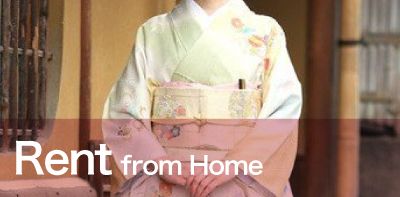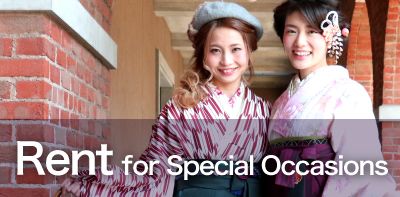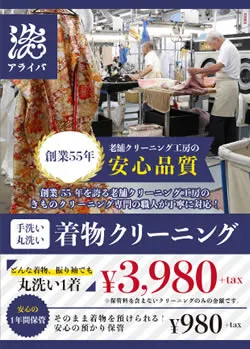Bridal kimono
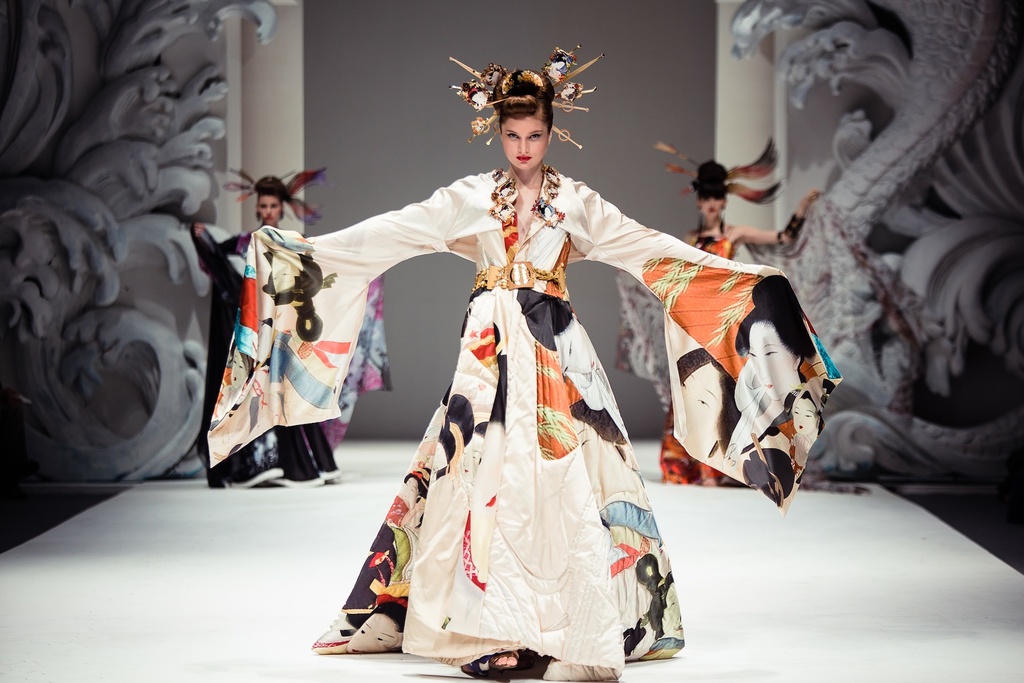
Kimono is the symbol of Japan. It is worn by japanese in many occassion and festivals. And one of that is bridal kimono use for weddings. The kimono, the ultimate eco-friendly garment which is handmade and passed down through the generations, transcends the ethnic and cultural barriers of its native Japan and fusion-style formal wear that marries modernity and tradition.
Traditional bridal kimono

The bride usually has a lot of costume changes throughout the wedding. Not all brides will wear everything, but a lot do. The word for a wedding gown, or wedding kimono, is uchikake (打掛). Uchikake come in all sorts of different colours, and there is no one particular colour which is standard, unlike white Western wedding gowns.
衿もとJapanese wedding ceremony
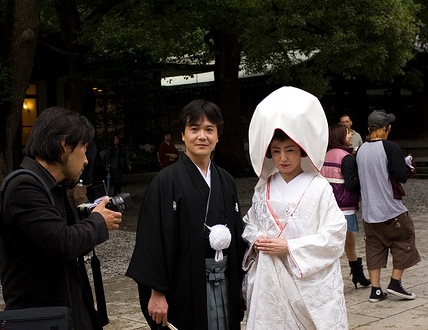
Traditionally in Japan, weddings were arranged by contract and the bride and groom may not have even seen each other before the wedding day. The bride’s hood (wataboshi / 綿帽子) is similar to the veil worn in the west, in that the bride is hidden until the point in the ceremony when she is unveiled to her groom.
Bridal kimono accessories

When the hood is removed, a traditional Edo period oiled hairstyle (usually a wig, these days) is revealed, along with various hair ornaments (kanzashi / 簪) and a sort of headband called a tsunokakushi (角隠し), which is said to hide the bride’s horns of jealousy and symbolise her resolve to become an obedient wife.
The wedding costume doesn’t usually include any jewellery like necklaces and bracelets. Instead, the focus is on hair accessories and a couple of hand-held accessories, such as a folding fan and a dagger case (which doesn’t usually contain a dagger these days).
Shiromuku bridal kimono

Shiromuku 白無垢 – Originally worn at weddings in samurai families, the shiromuku has become one type of bridal kimono worn by brides in Japan. White has symbolized the sun’s rays since ancient times, and from the Heian period, pure white bridal kimonos became prized. The shiromuku stands out due to all its parts — over-robe, under-robe, obi sashi, etc.. — being pure white. Another reason for the pure white color of the shiromuku is that the bride may “take on the colors of the groom’s family she is marrying into”.
Wataboshi
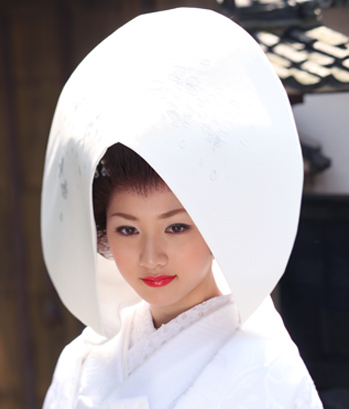
Wataboshi 綿帽子 – The wataboshi (bridal kimono hood) is derived from the “katsuki”, a hood worn outdoors by married women in samurai families from the Muromachi to Momoyama periods. From the Edo period, this custom was taken up by younger women. Originally worn outdoors to keep away dust and prevent from the cold, the wataboshi now is worn as the equivalent of the bridal veil in Western tradition. Wearing the wataboshi hides the bride’s face from all others except for the groom until the end of the wedding ceremony. The white wataboshi is worn only outside with the shiromuku, not with colored bridal kimono or during indoor receptions.
Tsunokakushi
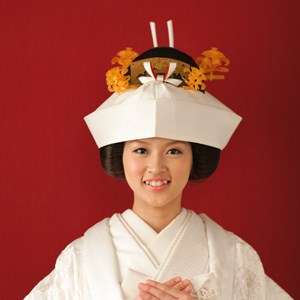
Tsunokakushi 角隠し – Traditional hair piece (wig) in the the “Shimada” style (worn by single women in the Edo period). This bridal kimono headwear usually worn by brides in shiromuku or iro-uchikake kimono. The Japanese term literally means, “hiding horns” and symbolizes the bride will be kind and obedient to the husband. The idea of horns comes from the folk belief that women grow horns and turn into a demon after becoming jealous.
Hakoseko
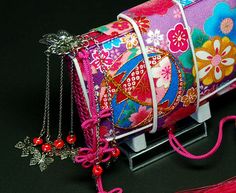
Hakoseko 筥迫 – A small pocket case accessory when wearing uchikake kimono, usually made of gold brocade or embroidered cloth. The origin of the modern Japanese cosmetic case, the hakoseko was traditional used by samurai brides in the Edo period and the contents includes traditional lucky charms such as incense, lip crimson, and a mirror. Originally worn for practical use, it now has a more of a decorative role but is indispensable in traditional bridal kimono.
Most people aren’t lucky enough to have the chance to attend a wedding in Japan, and even attending can be very expensive (guests are expected to give monetary gifts, and if you choose to dress traditionally there are many costs associated with hiring an outfit and dresser, if you’re a woman). But if you’re in Japan as a tourist and visiting shrines, keep your eyes open, because you can often run into wedding parties. Of course, I wouldn’t suggest disturbing them, but they usually draw quite a crowd and don’t mind if you take a photo or two, especially from a distance.



